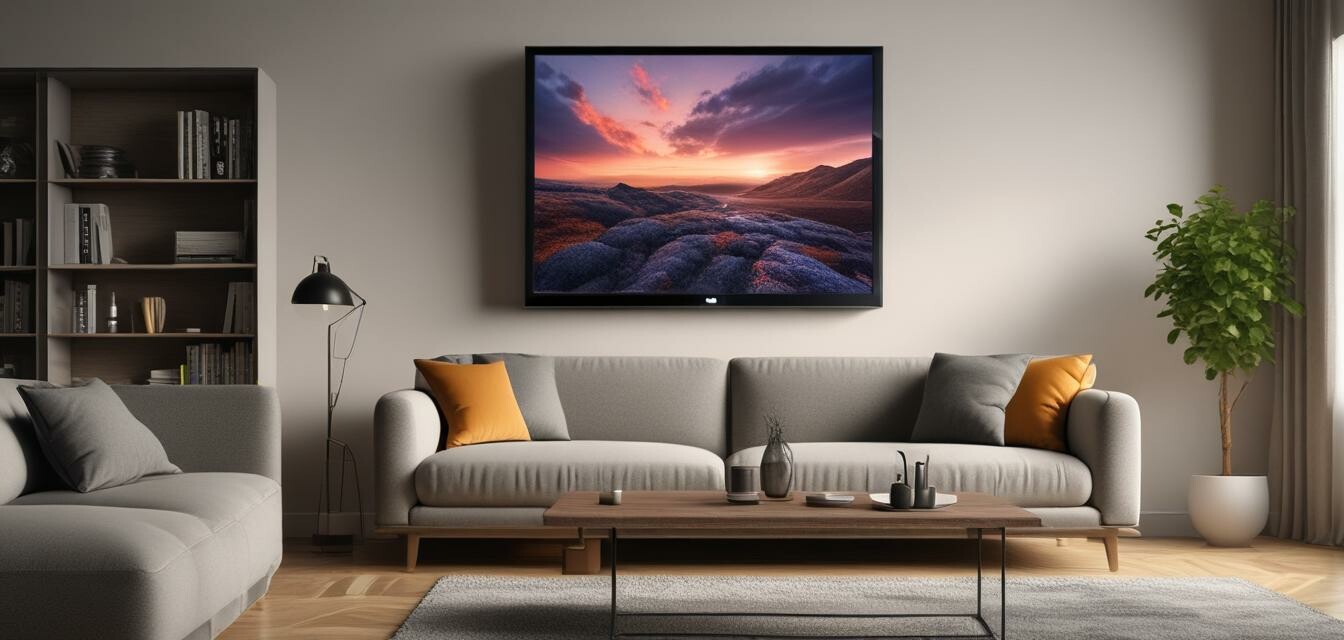
Tips for Reducing Buffering While Streaming
- Ensure your internet plan meets streaming requirements.
- Optimize your Wi-Fi signal strength.
- Limit the number of connected devices.
- Regularly update devices and apps.
- Use Ethernet for stable connections.
Buffering can be one of the most frustrating aspects of streaming services like Netflix and Prime. It's the unwanted interruption that can turn an enjoyable movie night into a test of patience. Here are some practical tips to minimize buffering and enhance your streaming experience.
Understanding Buffering
Buffering occurs when your internet connection is unable to keep up with the data being streamed. This can be due to a variety of factors, including slow internet speeds, network congestion, or hardware limitations. Understanding the root of the problem is the first step towards an effective solution.
Internet Speed Requirements
| Streaming Service | Minimum Speed Required |
|---|---|
| Netflix | 3 Mbps for standard definition, 5 Mbps for HD, 25 Mbps for Ultra HD |
| Prime Video | 1 Mbps for standard, 3 Mbps for HD, 15 Mbps for Ultra HD |
| Disney+ | 5 Mbps for HD, 25 Mbps for 4K UHD |
Tips for Reducing Buffering
1. Check Your Internet Speed
Start by measuring your internet speed to ensure you’re receiving the plan you’re paying for. You can use online speed test tools to get a clear view of your current speeds.
2. Optimize Your Wi-Fi Signal
To improve your Wi-Fi signal strength, consider the following:
- Position your router in a central location.
- Avoid placing the router near walls or appliances which can block signals.
- Consider upgrading your router if it's outdated.
3. Limit Connected Devices
Too many devices connected to your network can consume bandwidth and lead to buffering. Disconnect unnecessary devices when you're streaming.
4. Update Hardware and Software
Regularly update your devices and applications to ensure compatibility and performance. This includes:
- Router firmware updates.
- Device operating system updates.
- Streaming app updates.
5. Connect Via Ethernet
For a more stable connection, use an Ethernet cable to directly connect your streaming device to your router. This reduces interference and provides a more consistent stream.
Troubleshooting Buffering Issues
If you're still experiencing issues, consider the following troubleshooting steps:
- Restart your router and streaming device.
- Reduce video quality from HD to a lower setting.
- Check for any service outages in your area.
Advanced Options
If buffering persists, you might want to explore more advanced solutions:
- Upgrade your current internet plan to a higher speed.
- Invest in a high-quality Wi-Fi extender to reach dead zones.
- Consider a Mesh Wi-Fi system for larger homes.
Pros
- Improved streaming experience.
- Reduced frustration during viewing.
- Better overall internet performance.
Cons
- Potential costs for upgrades or new hardware.
- Time required for troubleshooting.
- Limited by provider service areas.
Further Reading
For more information on how to improve your broadband experience and save on your internet plan, consider checking out our related articles:
